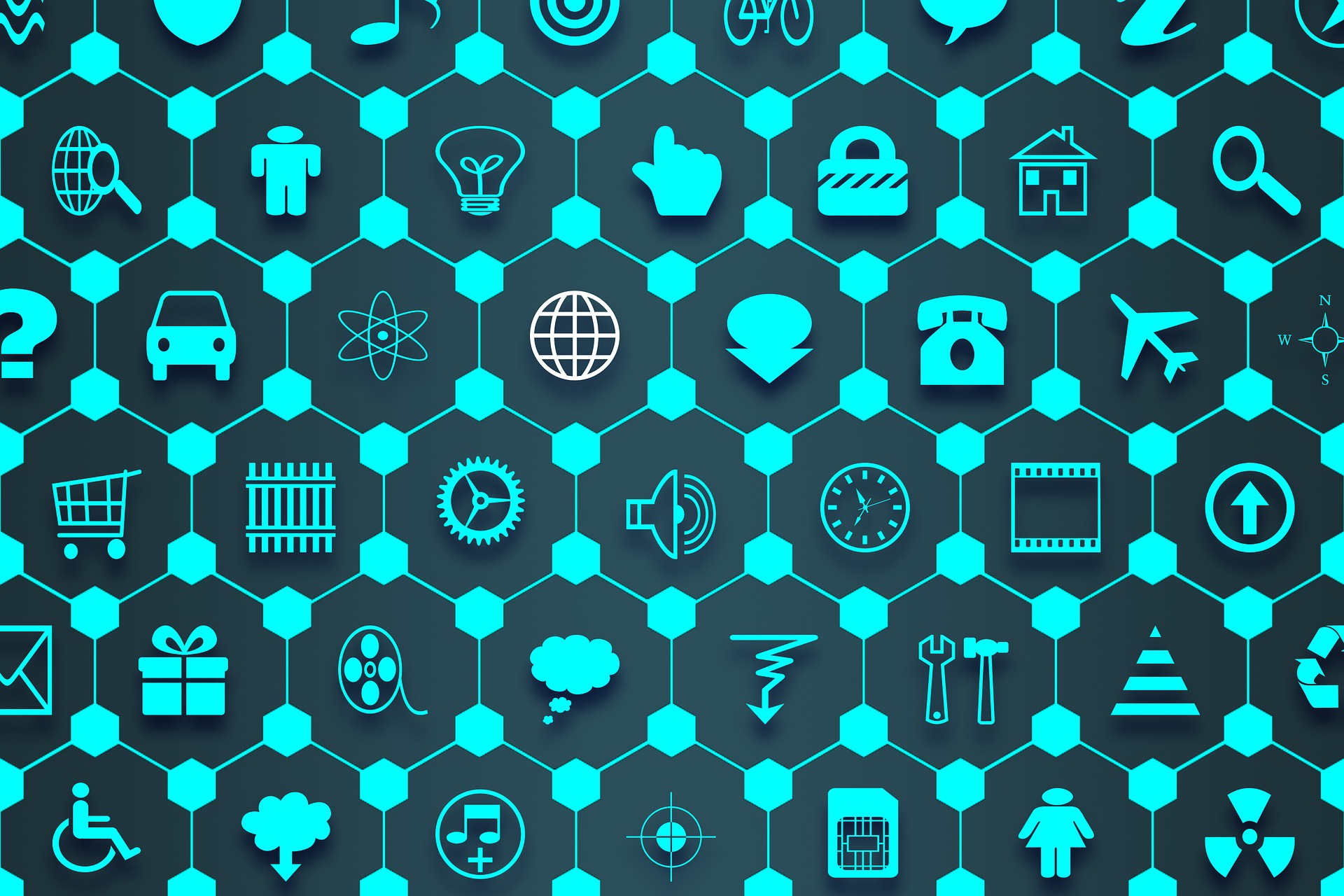Internet of Things Is Ready to Shape Our Future
The Internet of Things (IoT) industry is growing rapidly with the number of IoT-connected devices projected to surpass 20 billion by 2020. It’s an amazing number, but a number that wouldn’t be possible without the concurrent growth and availability of WiFi and cellular. However, even with all this growth, industry leaders don’t believe existing WiFi and cellular capabilities can keep up with IoT’s trajectory.
Thankfully, a little innovation called 5G is here. Offering the technological boost needed to sustain this growth, the arrival of 5G presents valuable opportunities for IoT. Let’s take a look at where IoT is today, and what the future holds.
Smart cities are in the near future
To be considered ‘smart’, a city has to have a minimum level of wireless connectivity available and the ability to integrate IoT within their infrastructure. How can this be applied to our everyday lives? In just one example, the data provided by IoT-connected smart cities can make finding a parking spot a whole lot easier. If that doesn’t sound like a big deal, IoT in a smart city can also aid broader concerns like sanitation and energy efficiency.
Still not impressed? Developers are, as the smart city industry is expected to reach $400 billion by just next year. Additionally, developers are also marshaling resources to properly manage the data load. A recent study from the University of Albany says current smartphones and tablets – devices we already use every day – can be tasked to analyze and organize 67% of the data collected by smart cities.
Smart appliances aren’t going anywhere
If not quite yet in our cities, IoT has already made its presence felt in the home. Smart devices like Nest thermostats and Amazon’s Echo speakers were some of the first products to utilize IoT capabilities — now IoT can be found in everyday appliances.
Smart refrigerators can monitor when food is reaching expiration and build grocery lists, helping consumers be more efficient, save money, and avoid waste. IoT innovations and conveniences like these are moving many of us toward a fully-connected whole-home experience.
Smart vending machines are on the way
Vending machines have always pretty much stuck to the basics. Users drop in a few bucks, make a selection, and the machine dispenses a product and some change. But with IoT, vending as we’ve known it is being transformed. Now able to identify popular items and automatically adapt inventory distribution, the industry is using IoT to significantly reduce supply chain operating costs and improve the customer experience.
Smarter security is required
The future of IoT is worth watching, but it’s important not to forget the risks associated with connectivity. Internet of Things devices have proved to be problematic in their vulnerability to cyber attacks. This is underlined by a report from F-Secure which finds that threats and the number of attacks continue to increase, but still depend on well-known security weaknesses, such as unpatched software and weak passwords. The number of IoT threats observed by F-Secure Labs doubled in 2018, growing from 19 to 38 in the space of a single year.
But many of these threats still use predictable, known techniques to compromise devices. Threats targeting weak/default credentials, unpatched vulnerabilities, or both, made up 87% of observed threats.
Therefore, the constant connection needed to support IoT devices requires more protection, so experts are turning to features like blockchain technology and artificial intelligence for solutions. As IoT integration continues to expand, responsibility will fall to legislators to regulate smart devices and infrastructure to ensure citizens remain protected from potential mishaps.
From vending to parking, cooking, and more, constant connectivity is set to be a big part of our future. Let’s just hope that their security up to the same standards, shall we?

